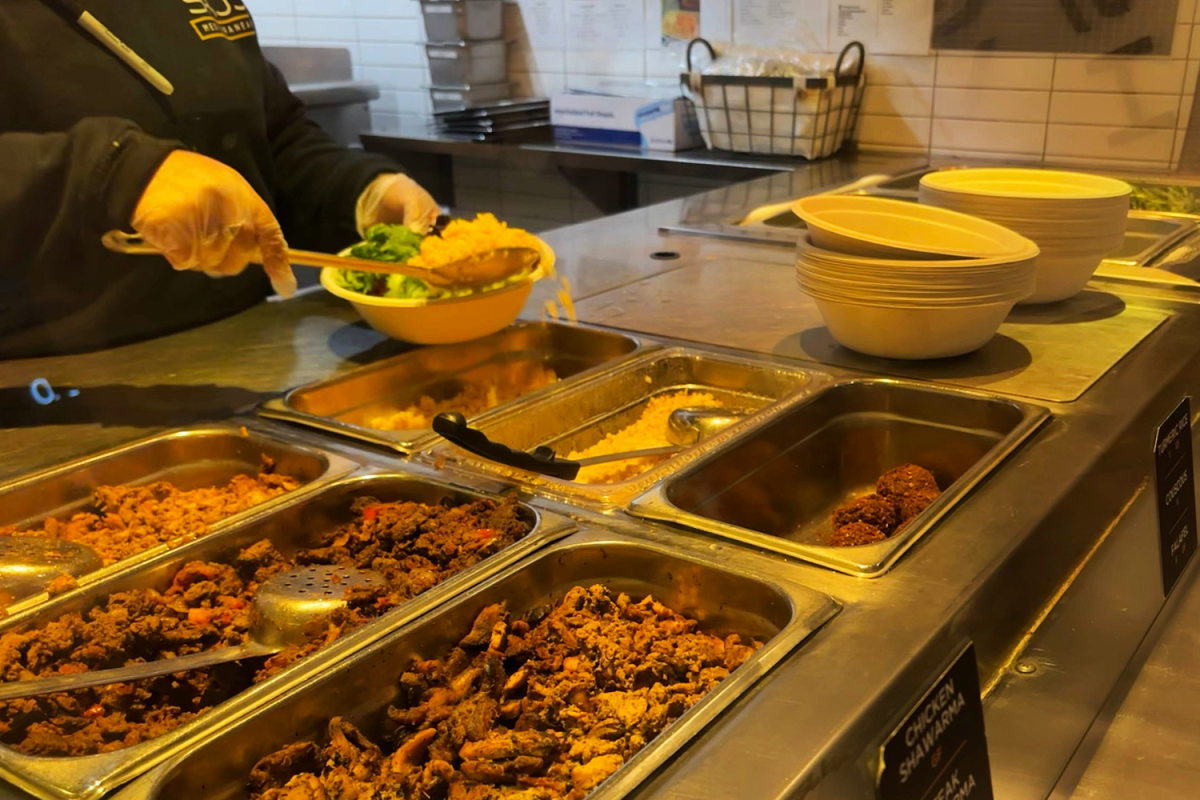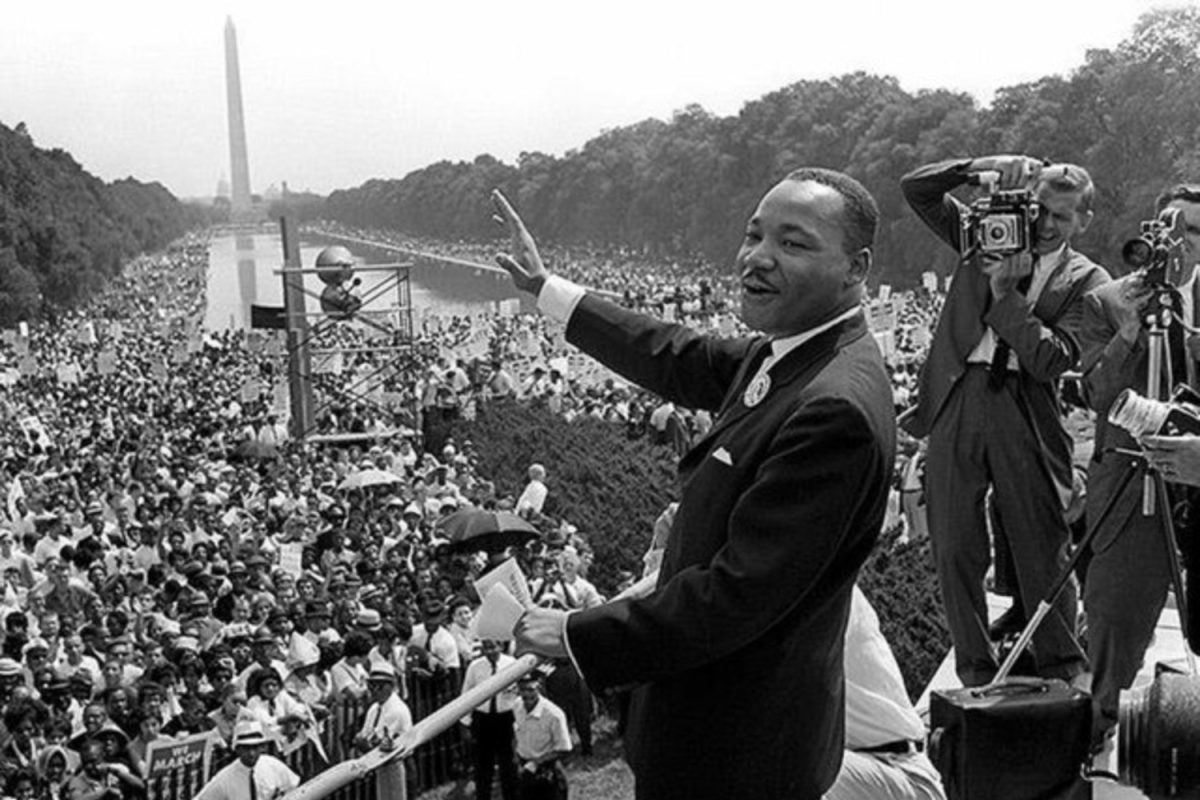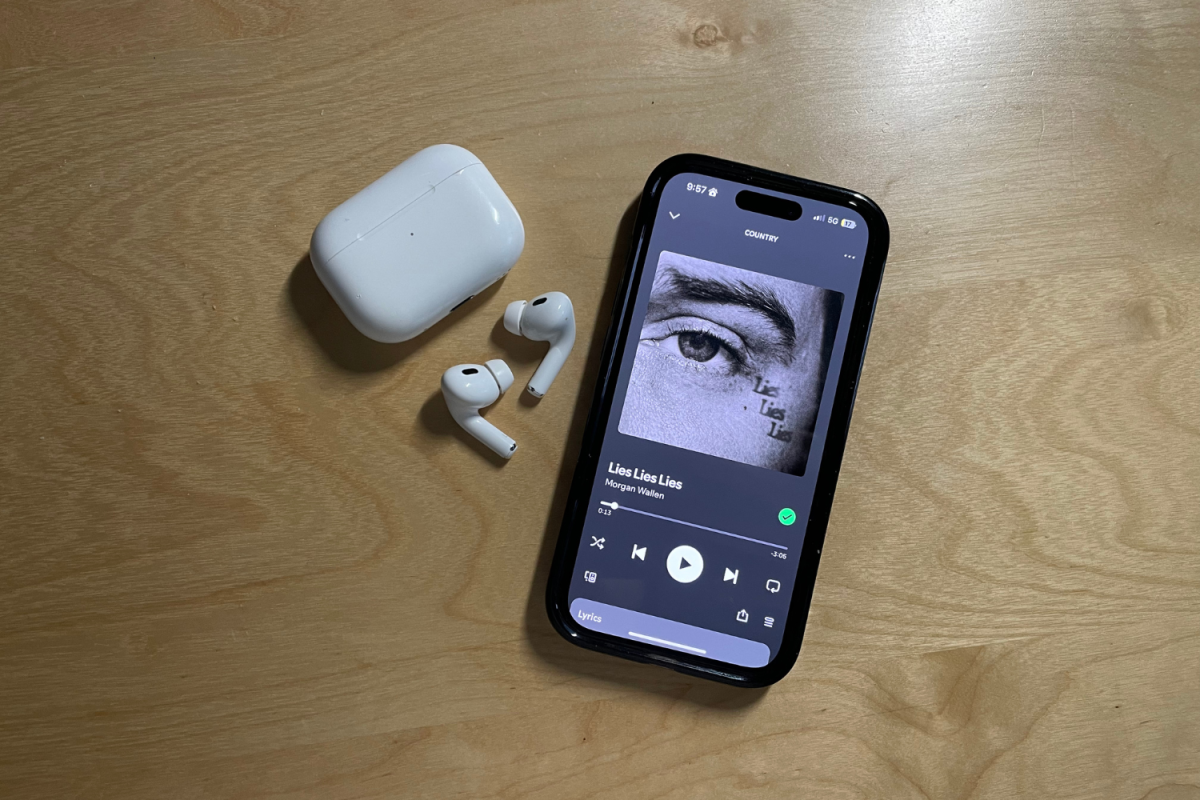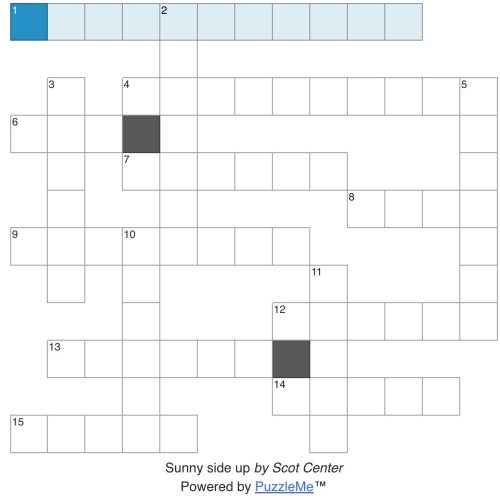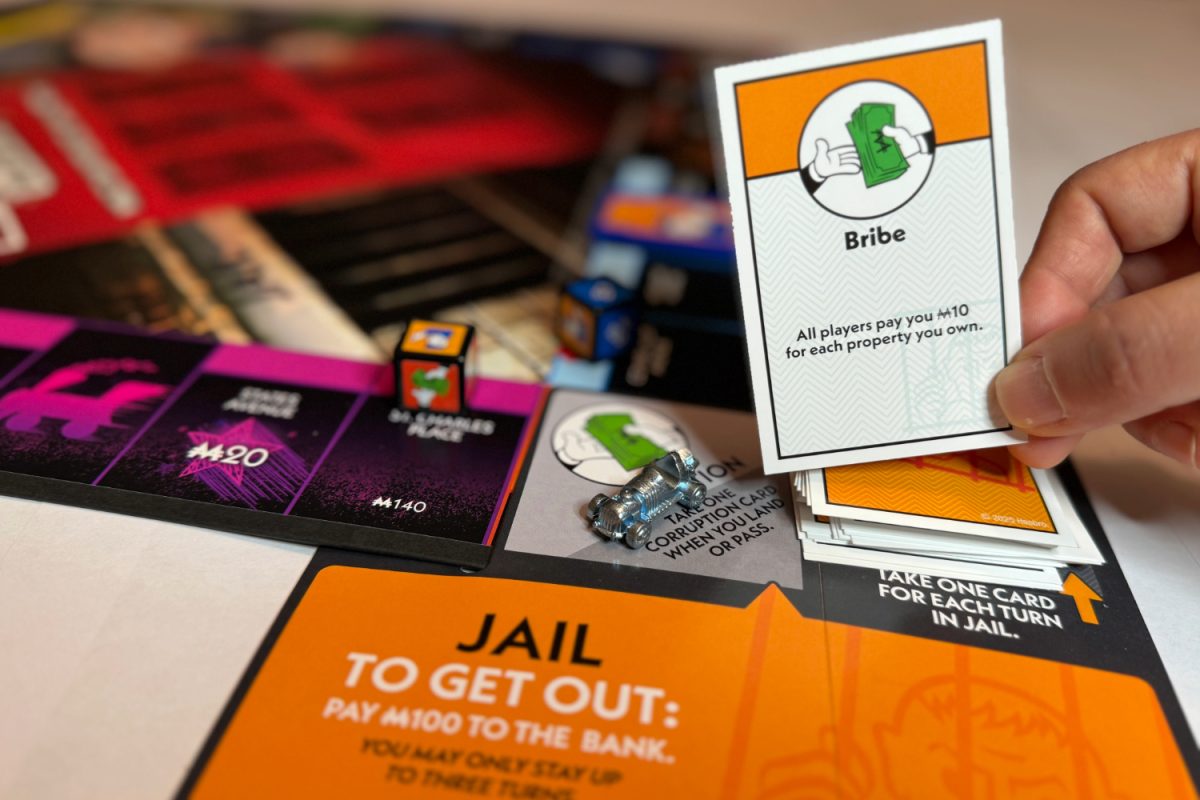Fast casual restaurants, now considered a “Goldilocks zone” of dining, continue to gain market traction and show no signs of slowing down.
Born in the 1990s as a more health-conscious version of fast food, fast casual bridges the gap between fast food chains and relaxed, sit-down restaurants, combining the speed and convenience of fast food with casual dining ambiance and made-to-order food quality, using fresher and safer ingredients.
“The whole idea was to get good, better-for-you meals that are nutritious and healthier than quick service restaurants, without paying a very huge price premium,” said Co-Founder and CEO of SAJJ Mediterranean Zaid Ayoub.
Chipotle led this charge as one of the first on the market, and many well-known fast-casual chains, including Panda Express, Panera Bread, Five Guys, and SAJJ Mediterranean, were inspired by and followed in its footsteps.
“We looked at Chipotle and what they did with the Mexican food category, and figured that the time is right to try to do a similar type of concept for Mediterranean food, which tends to be healthy and quick, while also approachable,” Ayoub said.
This new category proves very beneficial for students and people with busy schedules.
“I enjoy fast casual restaurants over sit-down dining because they offer quicker service while still serving high-quality food. With a fast-paced lifestyle and takeout being a common choice in my life, sit-down dining is often hard to make time for,” said senior Ellie Molholm. “Also, fast casual restaurants like SAJJ are usually cheaper than sit-down restaurants.”
In addition to lower price points, they often advertise meal customization, unique from your typical sit-down or drive-through.
“Chipotle’s menu is completely customizable. It features nourishing bowls for every lifestyle, including Whole30, keto, paleo, gluten-free, grain-free, vegan, and vegetarian,” said Senior Manager of External Communications of Chipotle Tyler Benson.
This trademark of the fast casual industry has attracted many customers by giving them options adaptable to any mood, diet, or calorie count.
“I love how places like SAJJ and Chipotle have meal customization because one day you may be in the mood for one thing and another day a different thing, so it allows you to switch it up,” Molholm said. “Also, this feature lets people tailor their order to their diets.”
Those in the restaurant industry also see the importance of giving people greater control over their food intake.
“People really care a lot about what they eat. They care about how many calories they consume. I often say that people count their calories like they count their dollars. It’s very important, so that’s the area that we focused on and got into,” Ayoub said.
As people have become increasingly conscious of and concerned about their diets, the fast-casual market has seen a significant growth in interest. According to Technomic market research, fast casual restaurants more than doubled their locations and profits by 2018, after the market took off in 2009. Since then, the industry has only continued to grow.
“Chipotle has experienced significant growth over the past several years,” Benson said. “We’ve gone from operating 2,500 restaurants in 2018 to more than 3,600 in 2024, with plans to open 315 to 345 new restaurants in 2025.”
According to Straits Research, the fast-casual market is projected to double again — from its $168.1 billion valuation in 2023 to $311.4 billion by 2033.
“Overall, the category is becoming more acceptable and in need, and I think it’s going to keep growing for a long, long time before it saturates,” Ayoub said.

